Trends Driving Demand for High-Performance Bucket Mould
In recent years, the demand for durable and efficient containers has grown steadily across many industries. One product that plays a crucial role in this area is the Bucket Mould. Used extensively in manufacturing plastic buckets, this tool is essential for producing containers that meet the needs of businesses and consumers alike. With evolving market demands and technological advancements, there are several key trends influencing the rising interest in high-performance Moulds. Understanding these trends can help manufacturers and suppliers stay ahead in this competitive field.
One of the primary reasons driving demand for a high-quality Bucket Mould is the increasing expectation for buckets that last longer and withstand heavy use. Whether used in construction, agriculture, food storage, or household settings, buckets must be robust enough to resist wear, impact, and environmental stress. Manufacturers are seeking advanced Bucket Moulds that can produce buckets with consistent wall thickness and strength, ensuring reliability for end-users.
This focus on durability has led to improvements in mould design and materials, allowing producers to create buckets that combine strength with lightweight convenience.
Sustainability is influencing almost every manufacturing sector today, and bucket production is no exception. The use of recyclable and eco-friendly materials in bucket manufacturing is becoming more common. To support this, Bucket Mould designs are being optimised for better material efficiency, reducing waste during production.
High-performance Moulds often incorporate features that help reduce plastic consumption without compromising bucket quality. This aligns with broader environmental goals and meets the increasing demand from eco-conscious consumers.
Another important trend is the growing need for customised buckets tailored to specific applications. Different industries require buckets with varying sizes, shapes, and features such as handles, lids, or reinforced bases. This versatility calls for Bucket Moulds that are flexible and precise, capable of producing a wide range of bucket designs without sacrificing efficiency.
Manufacturers that invest in adaptable Bucket Mould technology can better serve diverse market needs, providing options that meet both functional and aesthetic requirements.
Technological developments have transformed many aspects of manufacturing, including the production of buckets. Modern Bucket Moulds often work in conjunction with automated injection moulding machines that ensure consistent quality and faster cycle times. These advancements reduce human error and increase productivity.
With higher precision in mould manufacturing, defects are reduced, and material use is optimised. This not only benefits manufacturers but also provides buyers with buckets of better quality and uniformity.
Certain sectors are experiencing growth that directly impacts the demand for buckets and, consequently, Bucket Moulds. For example, the construction industry continues to require sturdy buckets for mixing and carrying materials. Similarly, agricultural operations need buckets for feed and water storage.
Additionally, the rise of the food and beverage sector, along with household consumers looking for convenient storage solutions, is expanding the market for well-made buckets. These trends collectively drive the need for high-performance Moulds capable of supporting diverse production volumes and bucket specifications.
While quality and customisation are important, cost remains a critical factor. Manufacturers are interested in Bucket Moulds that offer a balance between upfront investment and long-term efficiency. Moulds designed for easy maintenance and longevity reduce downtime and repair costs.
Furthermore, moulds that facilitate faster production cycles help companies meet demand promptly while keeping operational costs manageable. This focus on cost-effectiveness encourages innovation in Bucket Mould design and materials.
The demand for high-performance Moulds is being shaped by multiple trends, including the need for durability, sustainability, customisation, automation, and cost efficiency. As industries grow and consumers become more discerning, the importance of producing quality buckets that meet specific requirements becomes clearer. By adapting to these trends, manufacturers and suppliers of Moulds can ensure they remain competitive and responsive to market changes. In a world where practical and eco-friendly storage solutions are valued, the role of advanced Bucket Moulds is set to become even more significant in the near future.




 Search...
Search... English
English
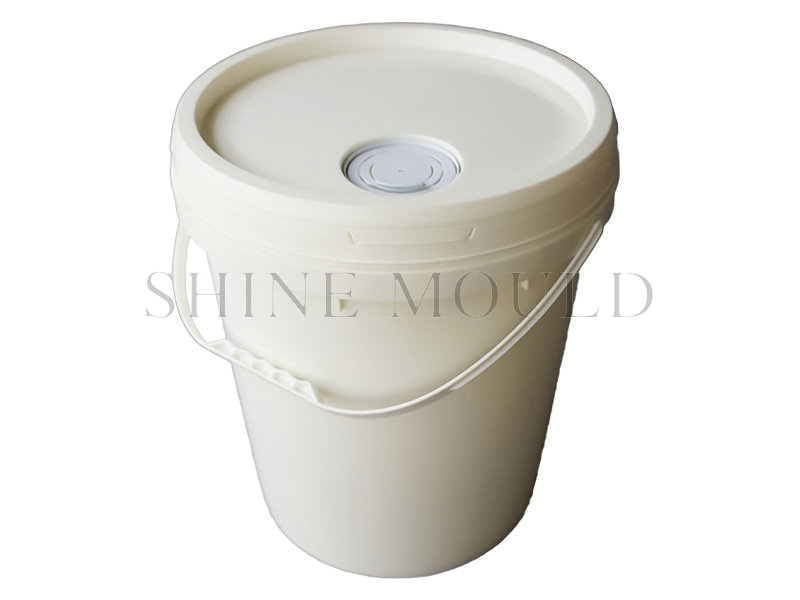
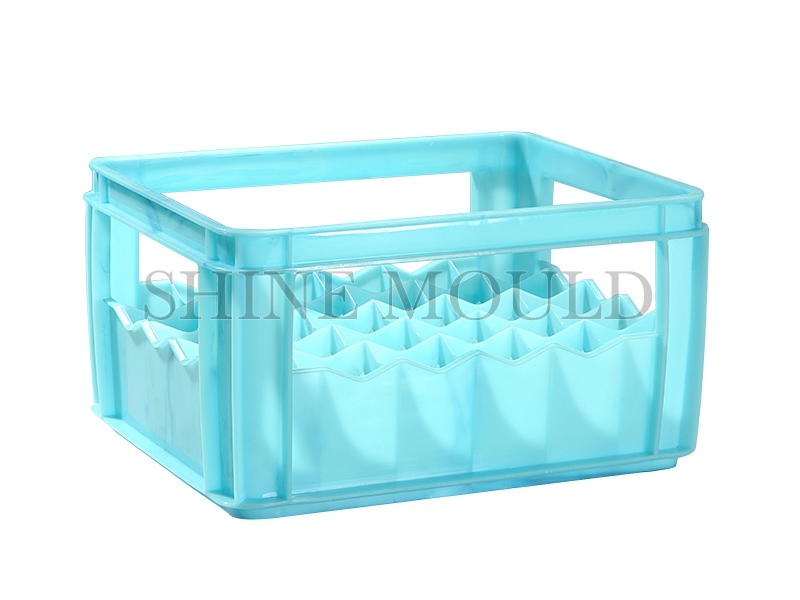
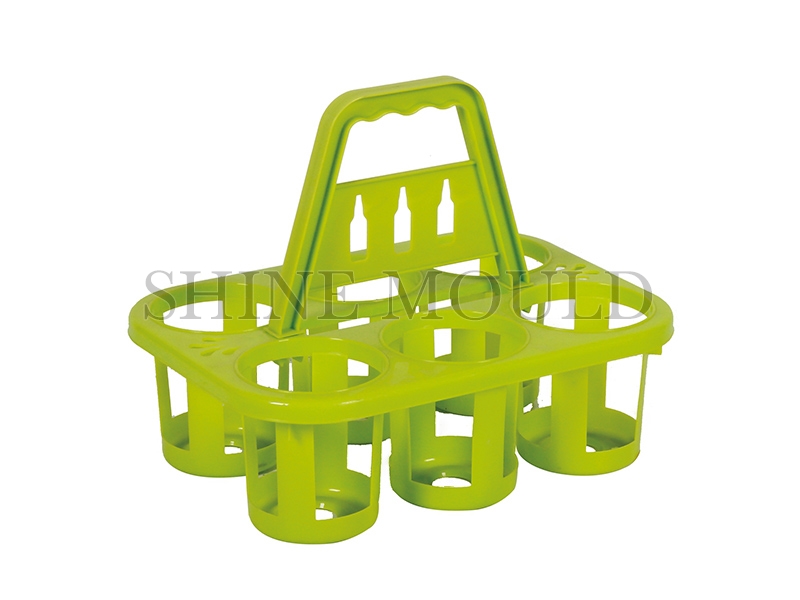
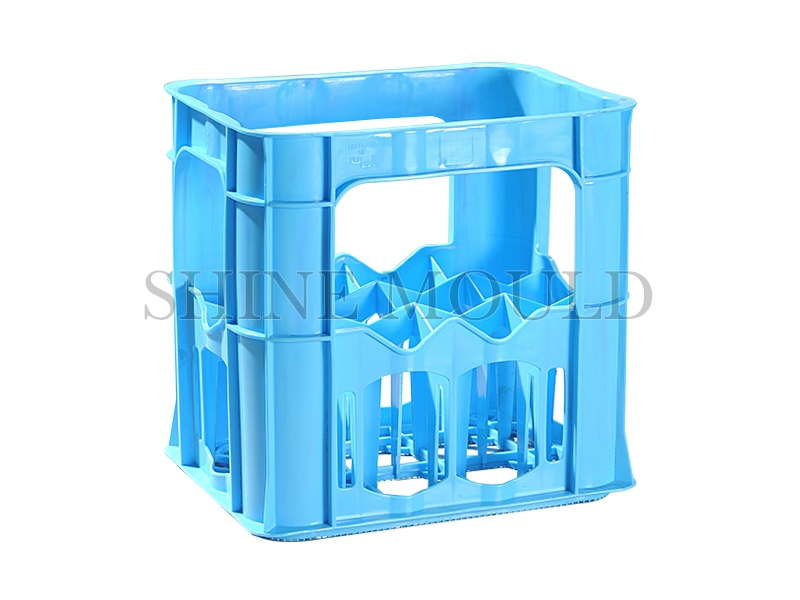
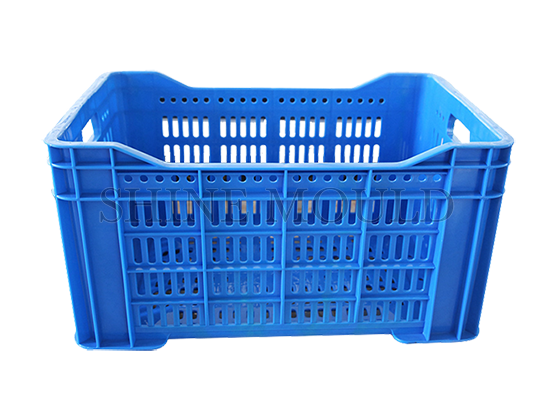
.jpg)
.jpg)
